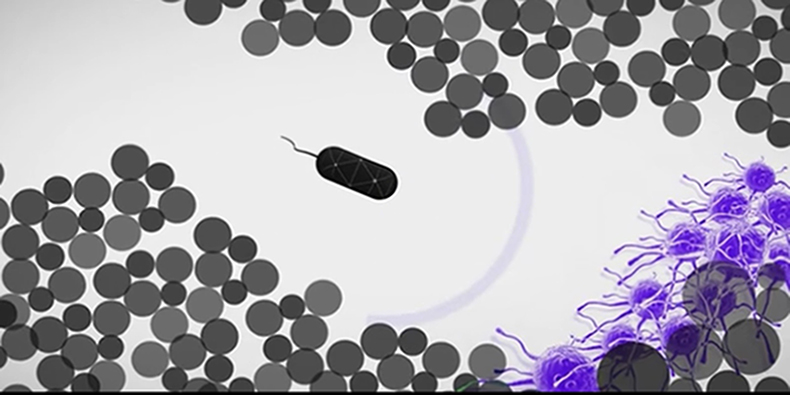i. Optogentics
INTRODUCTION
Light has advantages over chemical means as it acts noninvasive, has low toxicity and most crucial, provides superior spatial and temporal resolution. Optogenetic approaches opened up a new era in neurobiology which controlling and monitoring the activities of individual animal neurons using optogenetic actuators like channelrhodopsin, halorhodopsin, and archaerhodopsin. Moreover, this technique has been shown to extend outside neurons to other field of biology. Modern optogenetics have been defined as the combination of genetic and optical methods to cause or inhibit prescriptive events in specific cells of living tissue and behaving animals.
Bioprinting Living Biofilms through Optogenetic Manipulation
ii. Bacterial Therapy of Cancer
INTRODUCTION
Bacteria have been explored as cancer treatments for over a century. Here, we focus specifically on the application of synthetic biology in bacteria to engineered bacterial cancer therapies, highlighting major instances of engineering.

iii. Interaction between Bacteria and the Host
INTRODUCTION
The host-pathogen interaction is defined as how microbes or viruses sustain themselves within host organisms on a molecular, cellular, organismal or population level. This term is most commonly used to refer to disease-causing microorganisms although they may not cause illness in all hosts.

